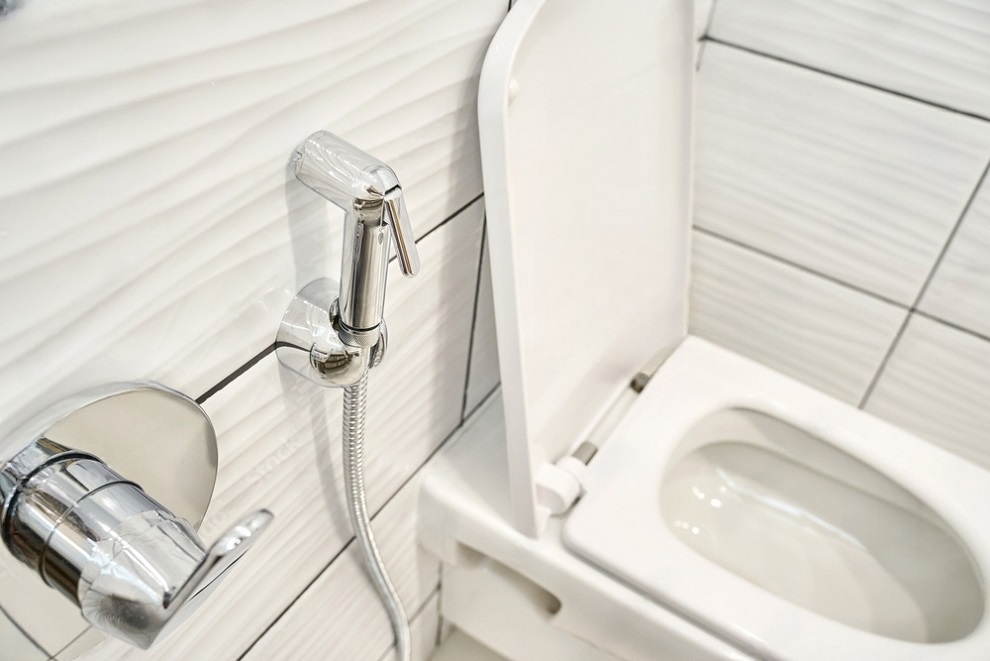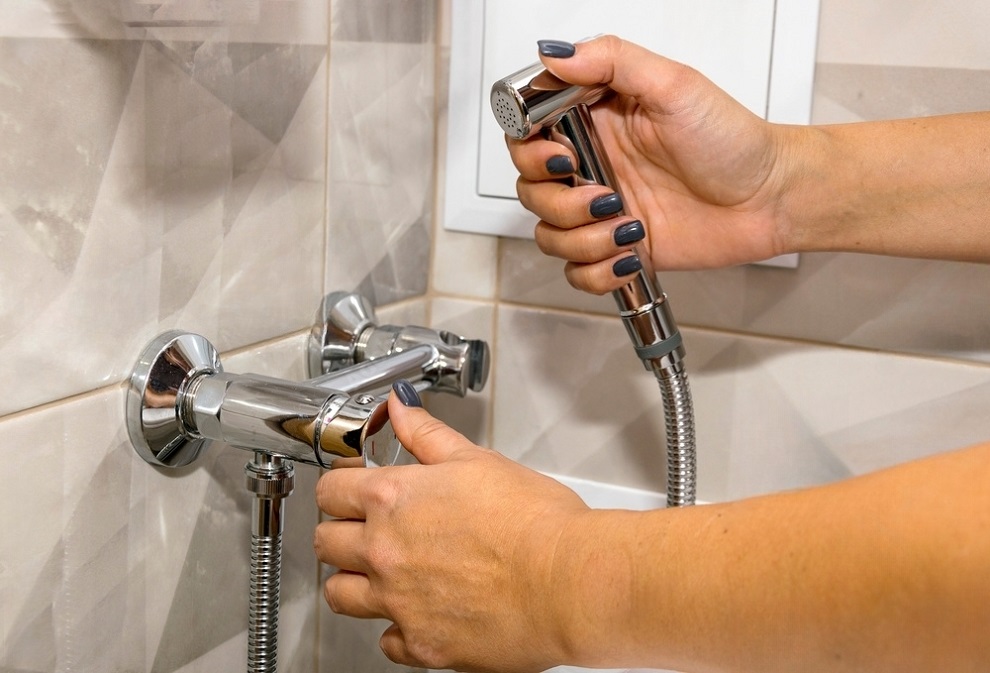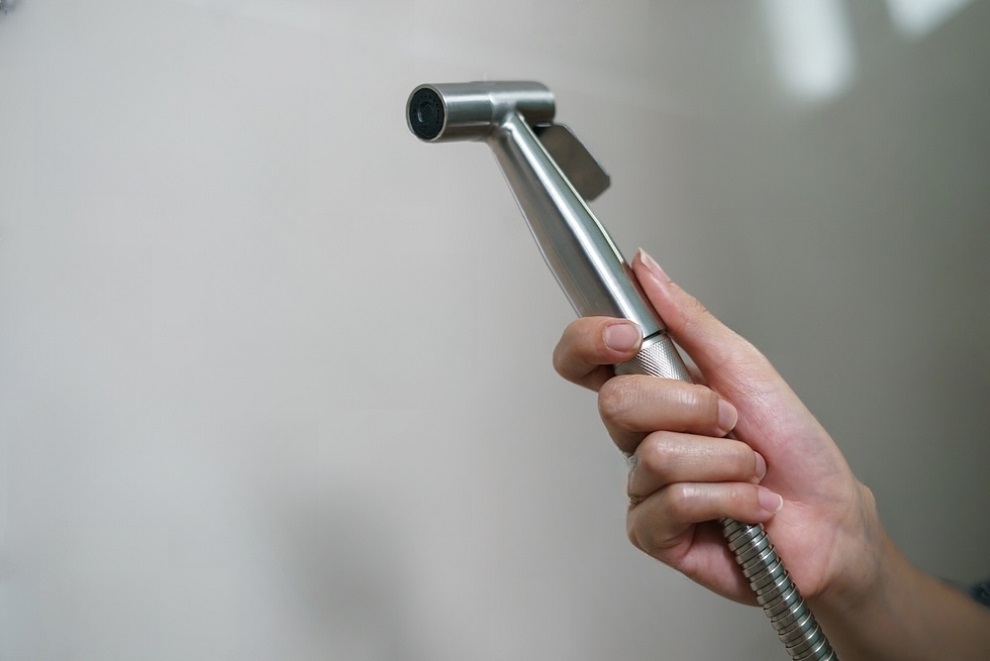Table of Contents
Can you use bidet as enema?

Using a bidet as an enema is not recommended or advisable. While bidets and enemas both involve the use of water for cleansing, they serve different purposes and have different designs.
A bidet is primarily intended for personal hygiene after using the toilet. It typically provides a gentle stream of water to cleanse the genital and anal areas. Bidets are not designed to deliver water deep into the rectum or colon, which is necessary for an effective enema.
An enema, on the other hand, is a medical procedure used to introduce fluid into the rectum and colon. It serves various purposes, including relieving constipation, preparing for certain medical procedures, or administering medication. Enemas typically use a specific solution, such as saline or medication, and are designed to reach deeper into the colon to stimulate bowel movements or deliver medication.
Attempting to use a bidet as an enema can be ineffective and potentially unsafe. The water pressure and flow from a bidet may not be suitable for proper cleansing or promoting bowel movements. Furthermore, bidets are not equipped with the necessary features, such as specific nozzles or controls, to perform an enema effectively and safely.
If you require an enema for medical reasons or constipation relief, it is important to consult with a healthcare professional who can provide appropriate guidance and instructions. They can recommend the most suitable enema solution and provide instructions on proper administration techniques to ensure your safety and effectiveness.
Why does my bidet give me an enema?

Using a bidet as an enema is not recommended or advisable. While bidets and enemas both involve the use of water for cleansing, they serve different purposes and have different designs.
A bidet is primarily intended for personal hygiene after using the toilet. It typically provides a gentle stream of water to cleanse the genital and anal areas. Bidets are not designed to deliver water deep into the rectum or colon, which is necessary for an effective enema.
An enema, on the other hand, is a medical procedure used to introduce fluid into the rectum and colon. It serves various purposes, including relieving constipation, preparing for certain medical procedures, or administering medication. Enemas typically use a specific solution, such as saline or medication, and are designed to reach deeper into the colon to stimulate bowel movements or deliver medication.
Attempting to use a bidet as an enema can be ineffective and potentially unsafe. The water pressure and flow from a bidet may not be suitable for proper cleansing or promoting bowel movements. Furthermore, bidets are not equipped with the necessary features, such as specific nozzles or controls, to perform an enema effectively and safely.
If you require an enema for medical reasons or constipation relief, it is important to consult with a healthcare professional who can provide appropriate guidance and instructions. They can recommend the most suitable enema solution and provide instructions on proper administration techniques to ensure your safety and effectiveness.
Are enemas healthy?

If you feel like your bidet is giving you an enema-like sensation, it’s important to understand that bidets are not designed or intended to provide enemas. Enemas are medical procedures used to introduce fluid into the rectum and colon for specific purposes, such as relieving constipation or administering medication.
The sensation you might be experiencing could be due to a few reasons:
- Water Pressure: Bidets typically produce a gentle stream of water for personal hygiene purposes. However, if the water pressure is too high or the nozzle is positioned incorrectly, it might create a stronger force that can potentially reach deeper into the rectum. This increased pressure could mimic the sensation of an enema.
- Positioning: Improper positioning on the bidet seat can also contribute to the sensation. If you are positioned in such a way that the water stream is directed further into the rectum, it might feel similar to the effects of an enema.
- Sensitivity: Individuals may have varying levels of sensitivity in the anal area. Some people may be more sensitive to the water stream, which could create a sensation similar to an enema.
If the sensation is uncomfortable or concerning to you, here are a few suggestions:
- Adjust the Water Pressure: Many bidets offer adjustable water pressure settings. Lowering the pressure might help reduce the sensation and make it more comfortable for personal hygiene use.
- Check Positioning: Ensure that you are sitting in the correct position on the bidet seat. The water stream should primarily target the genital and anal areas without entering the rectum.
- Consult a Professional: If the issue persists or causes significant discomfort, it is advisable to consult a healthcare professional. They can provide specific guidance based on your individual circumstances and address any concerns you may have.
Remember, it is essential to use bidets as intended, for personal hygiene purposes, and consult medical professionals for any specific medical procedures or concerns related to the rectum and colon.
What is the danger of shower enema?
Using a shower enema, also known as a shower shot or shower attachment enema, can pose several risks and dangers if not used properly. Here are some potential dangers associated with shower enemas:
- Water temperature and pressure: The temperature and pressure of the water from a shower can be difficult to regulate, especially when using a shower enema attachment. If the water is too hot, it can cause burns or damage to the delicate tissues of the rectum. Additionally, if the water pressure is too high, it can cause discomfort, injury, or damage to the rectal tissues.
- Lack of proper sterilization: Ensuring that the enema equipment is properly sterilized before each use is crucial to prevent the introduction of harmful bacteria or other pathogens into the body. Failure to sterilize the equipment can increase the risk of infections, including bacterial or fungal infections.
- Incorrect positioning: Proper positioning is essential during an enema procedure to ensure the safe and effective administration of the fluid. When using a shower enema, it can be challenging to maintain the correct position, which involves lying on one’s side or back with knees bent. Incorrect positioning can lead to inadequate cleansing, discomfort, or injury.
- Overuse or excessive pressure: Using enemas too frequently or applying excessive pressure during the procedure can disrupt the natural balance of the body’s electrolytes and intestinal flora. This disruption can lead to dehydration, electrolyte imbalances, or damage to the intestinal lining.
- Pre-existing health conditions: Individuals with certain health conditions, such as inflammatory bowel disease, hemorrhoids, rectal fissures, or recent rectal surgery, may be more susceptible to complications or injuries when using a shower enema. It’s essential to consult with a healthcare professional before attempting any enema procedure, especially if you have underlying health concerns.
- Risk of perforation: If excessive force is applied or if the enema nozzle is inserted too far into the rectum, there is a risk of perforating the rectal wall. Rectal perforation is a severe medical emergency that requires immediate medical attention.
To minimize the risks associated with enemas, it is generally recommended to consult with a healthcare professional who can provide guidance and instruction specific to your situation. They can help you understand the proper techniques, equipment, and potential risks associated with enema procedures.
Is a bidet supposed to give you an enema?

No, a bidet handheld is not intended to provide an enema. The primary purpose of a bidet is to cleanse the genital and anal areas after using the toilet, promoting personal hygiene. It achieves this by emitting a gentle stream of water for washing.
An enema, on the other hand, is a medical procedure used for specific purposes such as relieving constipation, preparing for medical examinations, or administering medication. It involves introducing fluid into the rectum and colon to stimulate bowel movements or facilitate the absorption of medications.
While both bidet hand sprayers and enemas involve the use of water, they serve different functions and target different areas of the body. A bidet typically focuses on the external areas and is designed for personal hygiene, while an enema targets the rectum and colon for internal cleansing or medication delivery.
It’s important to note that enemas should be performed following specific guidelines and instructions provided by a healthcare professional. If you have concerns about constipation or require an enema for medical reasons, it is advisable to consult with a healthcare provider who can provide appropriate guidance and supervision.
In summary, a bidet is not meant to provide an enema. Its primary purpose is to promote personal hygiene, whereas an enema serves specific medical purposes related to the rectum and colon.
.
How to use a bidet for pleasure?
Using a bidet for pleasure is not its intended purpose, as bidets are primarily designed for personal hygiene and cleanliness after using the toilet. However, if you are interested in exploring different sensations or experiences, there are a few things you can consider. It’s important to keep in mind that these suggestions are purely for recreational purposes and should be approached with caution, respecting your comfort level and personal boundaries.
- Water pressure adjustment: Most bidets allow you to adjust the water pressure. Experiment with different pressure settings to find a level that provides a gentle and comfortable sensation. Start with lower pressures and gradually increase if desired. Remember to avoid using excessive pressure, as it may cause discomfort or irritation.
- Temperature control: Some bidets also offer temperature control options. Adjusting the water temperature to your preference can enhance your comfort and enjoyment. Ensure the water temperature is not too hot or too cold to avoid any discomfort or potential harm.
- Gentle movement: While using the bidet, you can try making subtle movements or adjusting your position to explore different sensations. Remember to be cautious and gentle to avoid any discomfort or accidental injury.
- Communication and consent: If you are exploring bidet usage with a partner, communication and consent are essential. Discuss your desires, boundaries, and comfort levels with your partner before engaging in any activities. Always prioritize consent and respect each other’s boundaries.
It’s important to note that bidets are not designed for sexual stimulation, and using them in a manner beyond their intended purpose may pose risks such as irritation or injury. If you are looking for sexual pleasure, it is advisable to explore other safe and appropriate options specifically designed for that purpose.
Remember, maintaining good hygiene and cleanliness is important, and bidets should primarily be used for their intended purpose of personal hygiene after using the toilet.
